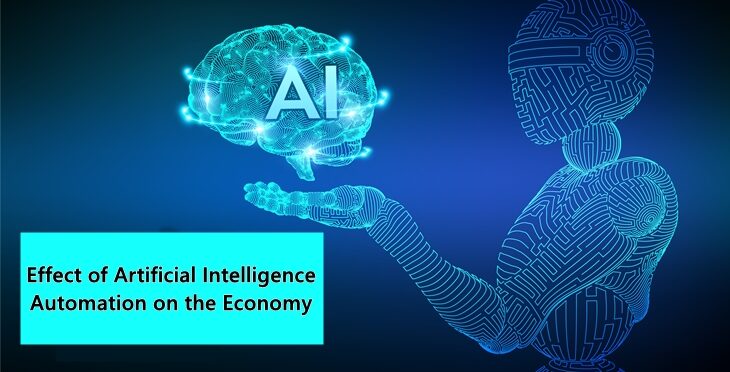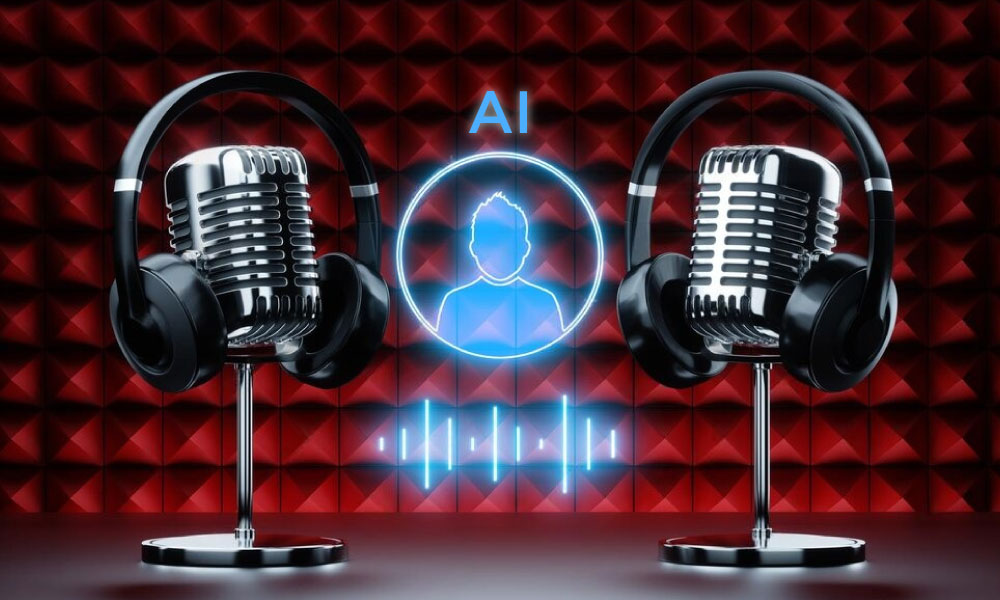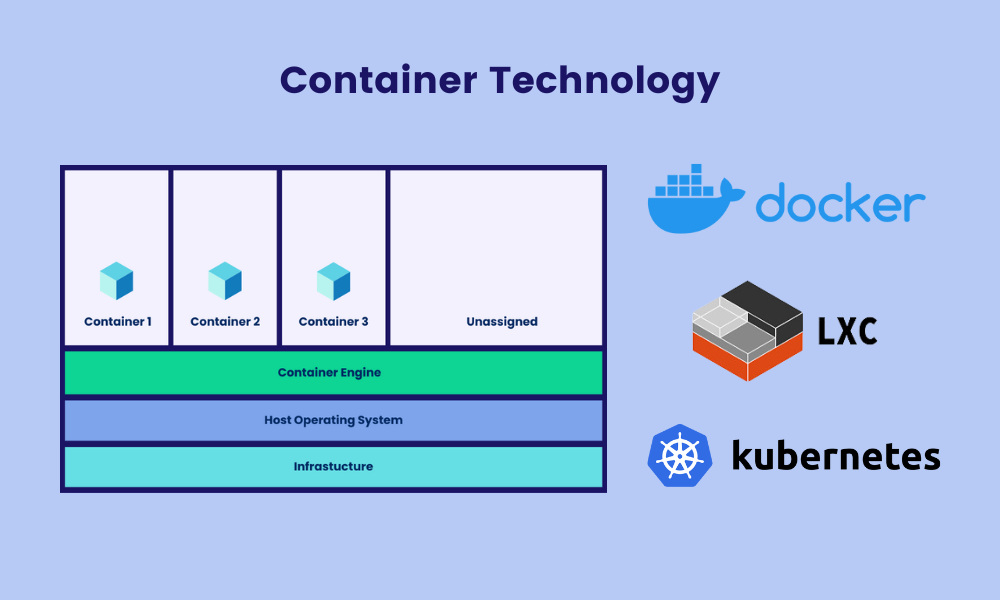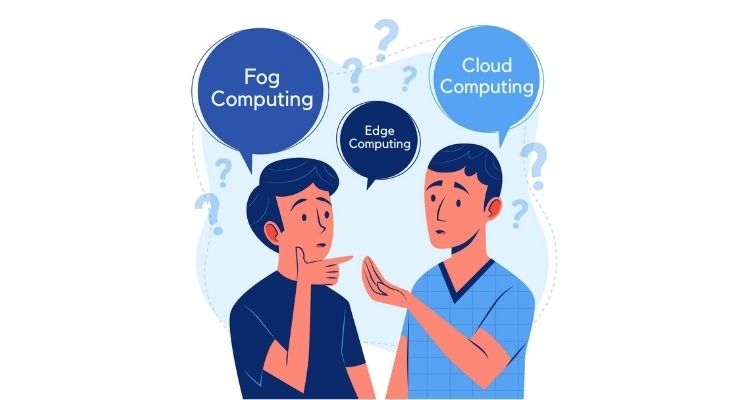Introduction
The effect of Artificial Intelligence Automation was felt the most during covid times. AI Automation has significantly modified most of the traditional processes. Artificial intelligence refers to machines that mimic human cognitive functions. They mimic functions like learning, understanding, reasoning, and interacting.
It might be technical infrastructure, a part of a (producing) process, or an end-user product. AI appears to be on track to alter the way people live and work in modern countries. Smart assistants, such as Siri, already help customers with various activities. All Tesla cars connect to each other via software and share what they learn.
When booking an Uber, AI matches prices and rides to curate social media offers to users. It's based on their past behavior. With AI, questions about how it impacts businesses, consumers, etc have risen. Employees have become curious about the effects of AI on their jobs and earnings. Whereas businesses are eager to capitalize on the opportunities given by AI. AI tech can revolutionize production and contribute to tackling critical global issues.
Effect of Artificial Intelligence Automation on the Economy
Effect Artificial Intelligence Automation on Manufacturing
AI is one of the cornerstones of Industry 4.0's expanding digitalization. IoT, 5G, cloud computing, big data analytics, smart sensors, augmented reality, 3D printing, and robotics are the best AI tech. They will convert manufacturing into a unified system. Digital technology, the internet, and production will be fused into one. There would be an integration of the production processes in smart factories. AI solutions connect machines, interfaces, and components through visual recognition, among other methods.
Large volumes of data would be gathered. It will go into AI devices to optimize the manufacturing process. AI can help to optimize multi-machine systems to increasing industrial research. AI deployment in production will increase over time.
With AI, automation, quality control, machinery diagnostics, etc would become a standard. With customized, diversified, and greater quality products, manufacturers would access new markets. AI will lead to scientific discoveries and create new industries in the long run.
Effects on Firms, Industries, and Countries
AI will help small players take on project work undertaken by large players. This could result in a barbell-shaped economy in which mid-sized businesses suffer. There could be an increased rivalry, corporations may expand beyond their primary business. There is also a widening gap between tech leaders and laggards in every field.
Organizations that completely integrate AI tools will most likely benefit the most. Slow adopters or non-adopters are likely to face some economic hardship. It is anticipated that the market share of the laggards will move to the front-runners. They will attract more and more of their industry's profit pool. This would result in a 'winner-takes-all' situation, like what we see now in the IT sector. Advances in AI will allow front runners to become superstars. They would achieve the highest production levels.
This might have serious ramifications. There has been the question of why all businesses do not adopt non-rival technology. Rising productivity gaps across firms may be due to an unequal technological diffusion. This could happen because global frontier enterprises can better protect their advantages. This could lead to a slowdown in the economy's productivity growth. Rising productivity & innovation inequalities spark a discussion about AI's unfair distribution of gains.
It is helpful to consider which industries are at the forefront of AI implementation. AI has a huge influence on marketing & sales, supply chain management, logistics, & manufacturing. AI is also showing a lot of commercial promise in these areas. Transport, logistics, automotive, and tech industries are already using AI. It also shows that process sectors (such as chemicals) are behind. PwC predicts that by 2030, AI will have boosted all sectors of the economy by at least 10%.
The services industry is being predicted to grow by 21 percent. The retail and wholesale, lodging and food services, all-seeing increases of 15 percent. Current levels of AI adoption differ. This difference widens the gap between advanced and developing countries. The AI leaders are ready to extend their lead over their developing-country counterparts. Developed economies give a high incentive to replace labor with AI than low-wage ones. This will amplify this effect. AI may make it cheap for manufacturers to bring production from poorer countries.
Effect of Artificial Intelligence Automation on Labor Markets and its Redistributive Effects
There will be job creation and destruction if AI automation gets applied in the economy. There is no unanimity among experts. With projections ranging from hopeful to devastating, varied by millions of jobs.
The impact will most likely be more complicated. Academics agree that there would be workforce movement across sectors of the economy. There will be changes in the structure and substance of occupations, necessitating reskilling. Also, there could be employment polarisation. Less paid professions that need manual, cognitive abilities are most vulnerable to AI. Well-paid skilled jobs that need non-routine cognitive skills will be in higher demand.
There would be more frequent job changes and an increase in insecure work. Employees' rights and the function of trade unions might get weakened. The disruptive consequences of AI might affect wages, income distribution, and economic inequality. Demand for high-skilled individuals who can use AI will rise. While many others may face wage cuts or unemployment. This could affect even mid-skilled workers, whose wages may get pushed down.
As a result, changes in labor demand may worsen income inequality by lowering wages. Much will get decided by the speed of change. Faster changes are likely to result in greater negative consequences. As more ordinary labor gets replaced by AI, the higher productivity and income growth will be. This would increase the gap between rich and poor. Technological development would exacerbate disparities for many individuals, communities, and regions.
There are concerns that AI would worsen trends of moving national income distribution. Such as labor, resulting in more inequality and wealth concentration in industries. But, many economists are optimistic. They claim that AI will struggle to replace the sensor-motor abilities required. Such as security, cleaning, gardening, and cooking.
Others argue that automation has a chaotic impact on inequality. Low-skill automation always increases wage disparity, whereas high-skill automation always decreases. It is unlikely that the growth in inequality caused by AI would be considerable.
Selected Policy Implications
AI can improve economic development and productivity. It also poses considerable dangers of job market polarization, rising inequality, structural unemployment. There is a need to establish conditions for AI's potential to flourish. Also, there is a need to examine how to manage the concerns that it entails. Research suggests if labor income doesn't reap economic gains, consumption will stagnate. Thus restricting and growth and causing the economy to suffer.
As a result, questions on how to distribute the benefits of AI are crucial in regulating its outcomes. Tax policy could aid in rebalancing the labor-to-capital shift. It will also protect disadvantaged people from socioeconomic marginalization.
To realize the potential of AI, there is a need to develop critical skills in school and the workplace. There is a need to fund research and pool resources to deliver actually added value.
Issues such as responsibility, security, and safety of AI-driven decision-making must be addressed.
Conclusion
Automation has had and will continue to have a significant impact on the economy. Automation can help the entire economy. It will increase GDP, productivity, and the ability to personalize the consumer experience. But, there are genuine concerns about the dispersion of these profits. It's easy to dismiss all new technology concerns as the old Luddite myth. But, no guarantee displaced workers will adapt to a new labor market.
Yet, being pessimistic is a mistake. The economy has benefited from previous automation trends. Who wants to go back to when 1 million people worked as coal miners, and 90% of people grew their food? Automation will open up new possibilities. As technology advances, we may witness a revival of cottage industries. They would be self-employed employees. They would use their ingenuity to take part in a fast-changing economy.
You may like to read:
Challenges Faced By Human-Machine Collaboration





